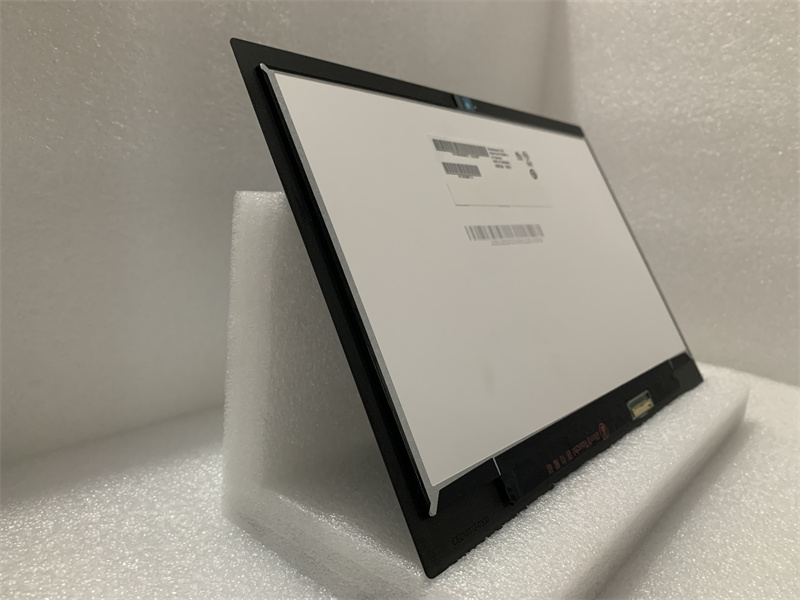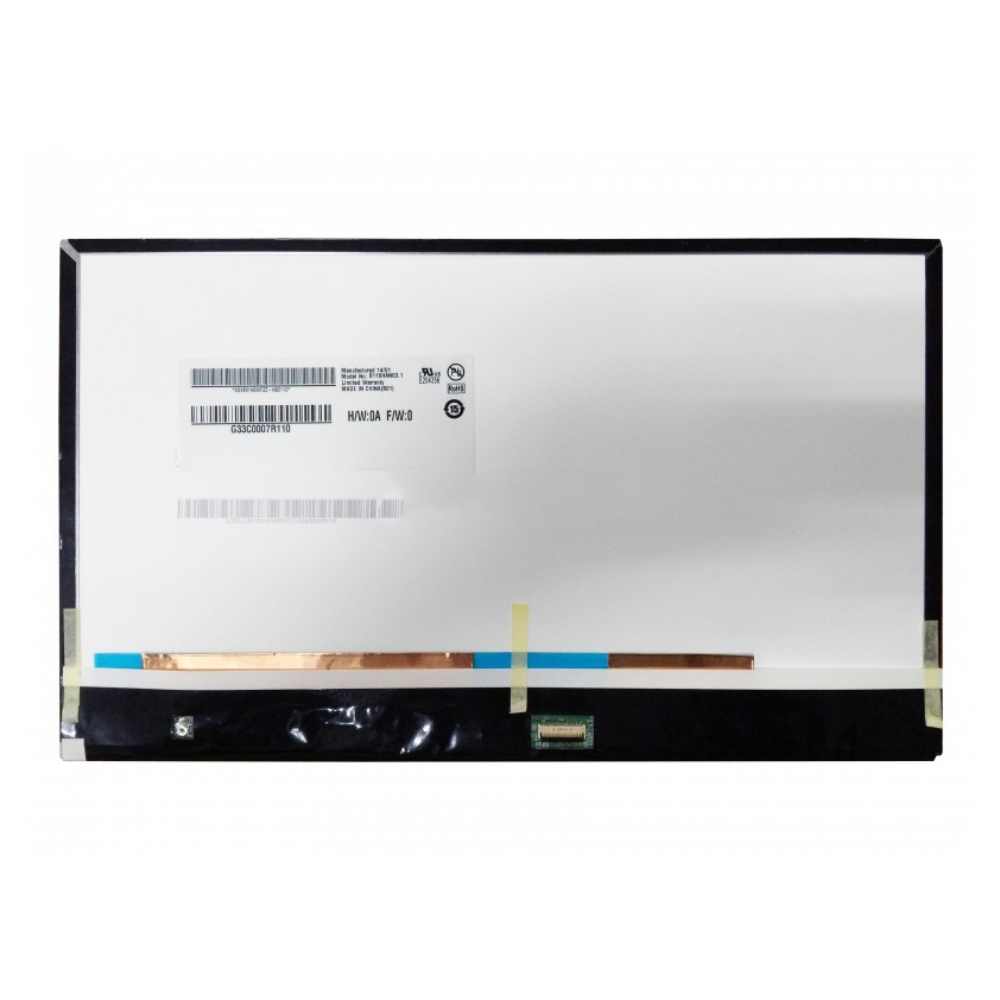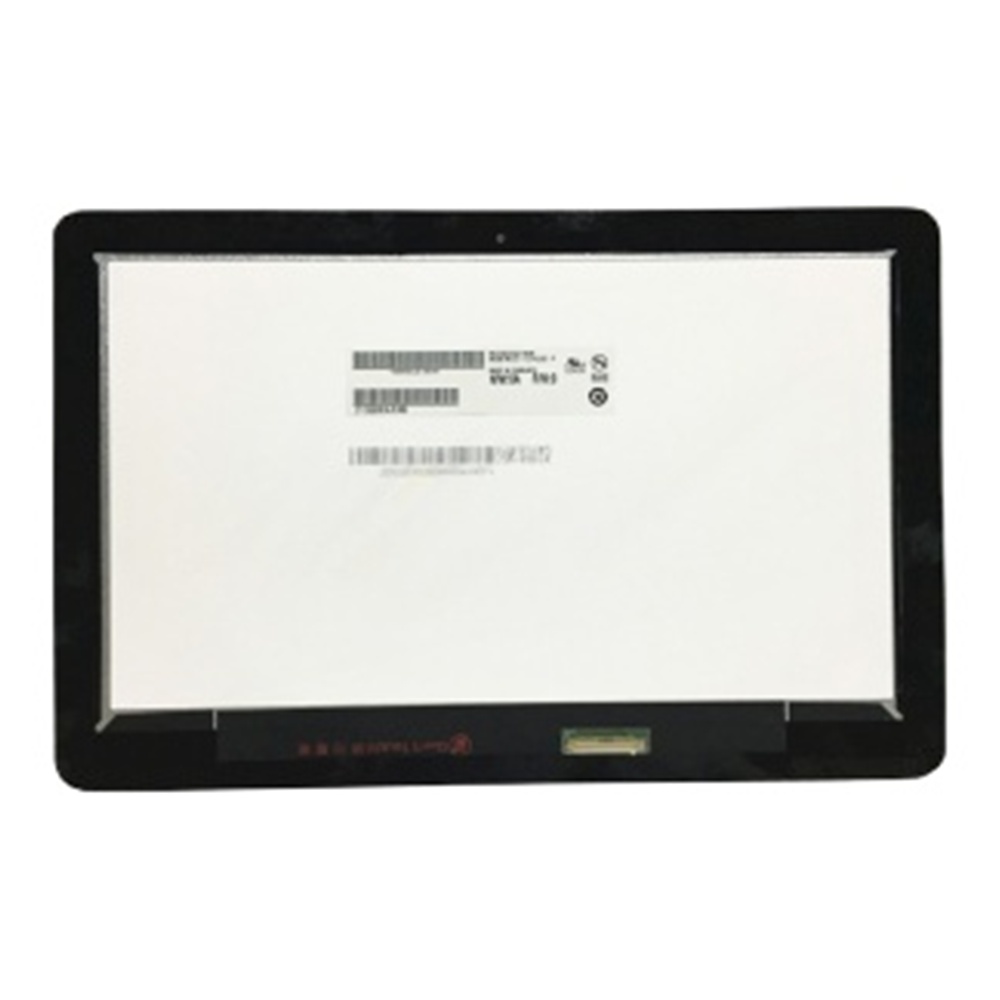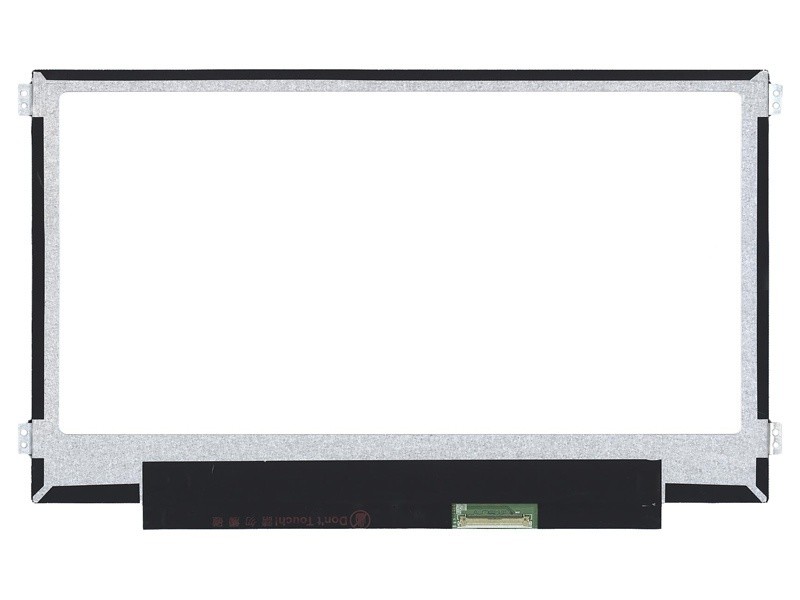The Ultimate Guide to Understanding Laptop Parts: Everything You Need to Know
Laptops have become an essential tool for both personal and professional use, and understanding their components is crucial for selecting the right device and ensuring its longevity. In this article, we will provide a comprehensive guide to understanding the different parts of a laptop, with a focus on the LCD screen.
Introduction
This section will introduce the topic of laptop parts and why it’s important to understand their components. We will also provide an overview of the contents of the article, with a focus on the LCD screen.
LCD Screen Technology
LCD screens are the most common type of display technology used in laptops. In this section, we will discuss how LCD screens work, their advantages and disadvantages, and the different types of LCD screens.
Display Size and Resolution
The size and resolution of your laptop’s display can have a significant impact on your productivity and user experience. In this section, we will discuss the different display sizes and resolutions available, and how to choose the right one for your needs.
Color Gamut and Accuracy
Color gamut and accuracy are important factors to consider when choosing an LCD screen for your laptop. In this section, we will discuss what color gamut and accuracy are, how they impact your viewing experience, and how to choose a display with good color reproduction.
Brightness and Contrast Ratio
Brightness and contrast ratio are essential for a good viewing experience, particularly in brightly lit environments. In this section, we will discuss what brightness and contrast ratio are, how they impact your viewing experience, and how to choose a display with good brightness and contrast.
Viewing Angles
Viewing angles refer to the range of angles from which you can view the display without any significant color or contrast shifts. In this section, we will discuss how viewing angles are measured, why they matter, and how to choose a display with good viewing angles.

Touchscreen Technology
Touchscreen displays have become increasingly popular in laptops, particularly for those who use them for creative work. In this section, we will discuss the different types of touchscreen technology available, their advantages and disadvantages, and how to choose a touchscreen display.
Display Connectivity
Display connectivity refers to the types of ports and cables that allow you to connect your laptop to external displays. In this section, we will discuss the different types of display connectivity available, their specifications, and how to troubleshoot common problems.
Maintenance and Care
Maintaining and caring for your laptop’s LCD screen is crucial for ensuring its longevity and performance. In this section, we will discuss tips for cleaning and maintaining your LCD screen, how to troubleshoot common problems, and when it’s time to replace your screen.
Frequently Asked Questions
This section will address some common questions about LCD screens and provide answers in a concise and easy-to-understand format. Some example questions include:
- What is the difference between LED and LCD screens?
- How do I clean my LCD screen without damaging it?
- Can I upgrade my laptop’s LCD screen?
- What is the ideal display size for gaming?
- How do I adjust my display settings to reduce eye strain?
Glossary of Terms
To ensure that readers have a clear understanding of the technical terms used in the article, a glossary of terms will be included at the end. This will define key terms related to LCD screens and display technology.
Additional Resources
This section will provide readers with links to additional resources related to laptop parts, LCD screens, and display technology. This can include manufacturer websites, online forums, and industry publications.
Conclusion
By understanding the different parts of a laptop, particularly the LCD screen, you can make informed decisions when buying or upgrading your device. The LCD screen is one of the most important components of a laptop, impacting your viewing experience, color accuracy, and productivity. By following the tips in this article, you can ensure that your LCD screen performs at its best and lasts for years to come.
Related Products












